Reduce Company Stress - A proactive strategy 5-1 return on investment
4 step guide to your corporate wellbeing strategy
Why companies invest in corporate wellbeing
During COVID lockdown we experienced an increase in companies looking for quick fixes for how to lower stress, increase wellbeing and employee engagement. Today we see that companies are increasing investments in corporate wellbeing initiatives, they want to work more proactive and more sustainable with stress, growth, and engagement.
An increase in churn rates, costs related to sick leave, and employee absenteeism are data proving that companies face the costs of stress - when it’s too late. Companies realize that stress is bad for business, and now look to make wellbeing an opportunity for growth. According to NFP 66% of US companies are making changes to better support wellbeing post COVID.
Step 1. Proactivity - the best investment
A new report from Deloitte shows that there is a return of 5 to 1 invested in proactive mental health initiatives compared to a 3.4 return invested in a reactive initiatives. Why we believe it’s clear, that the first company step is to decide on a proactive wellbeing strategy.
Doing this, try to imagine what your company will look like in the future 5-10-20 years from now in a hybrid/remote workspace setting, with new digital tools to lead people, growth, and development. What will your employee segments look like in a digital world? What skillset is needed for growth - skills that the robots can’t fulfill?
One way to go about this is to forecast the costs of your your employee segments and think beyond the classical compensation metrics such as: salary, bonus, lunch, pension, healthcare, and benefits. Add new topics to the list such as personal growth, sabbatical leave, wellness, remote work, family, and community care.
Step 2. Define stress in your company
The next step is to define stress in your company. With different employee segments and different definitions of stress (mental, physical, long term, short term, personal, professional, cultural). Base this on previous or current experiences from your company and the data available.
Define the different stress triggers, problems, and costs related to this - and how it affects the future performance of your business.
Step 3. Track stress and progress
Track and set KPI’s. Use metrics from self assessment to track stress and progress on a personal level/ team level for managers to track and work proactively with, and to report back to top management. Take GDPR into consideration and use real time data - we all know how it feels to answer a survey, and to get the results three months after when it’s too late to do something about the employee pains.
Step 4. Engaged employees attract employees
We know that employee engagement is positively affected by a company’s wellbeing strategy. The fact that companies make clear actions for employee wellbeing is not only linked to employee happiness and performance but to employee loyalty as well.
According to the American Psychological Association 89% of employees working for companies that support wellbeing, are more likely to recommend their company as a good place to work, why you as a company should not miss out on the opportunity of connecting wellbeing to your work with employer branding when building your future talent pipeline.
Online tools to manage and track team stress
Try different proactive methods in your company to manage and track team stress. This 8 minute guided video session is to lower stress. In a stress test study, we found that this breath work method relieves stress indicated by the participants HRV (*Heart Rate Variability) measured on a smart watch, and only after a few breaths.
If you don’t wear a smart watch or HRV tracker, take a moment to notice how you feel before you answer the short survey that pop’s up after the session.
Stress Relief Breath Session. Try more sessions via MABL - your online toolkit here
This breathing method can easily be adapted in a work setting, in front of your desk or before an important presentation - enjoy!
*Heart rate variability explained
Heart rate variability is the physiological phenomenon of variation in the time interval between heartbeats and an indirect measurement to stress. It is measured by the variation in the beat-to-beat interval. Higher HRV means lower stress.

